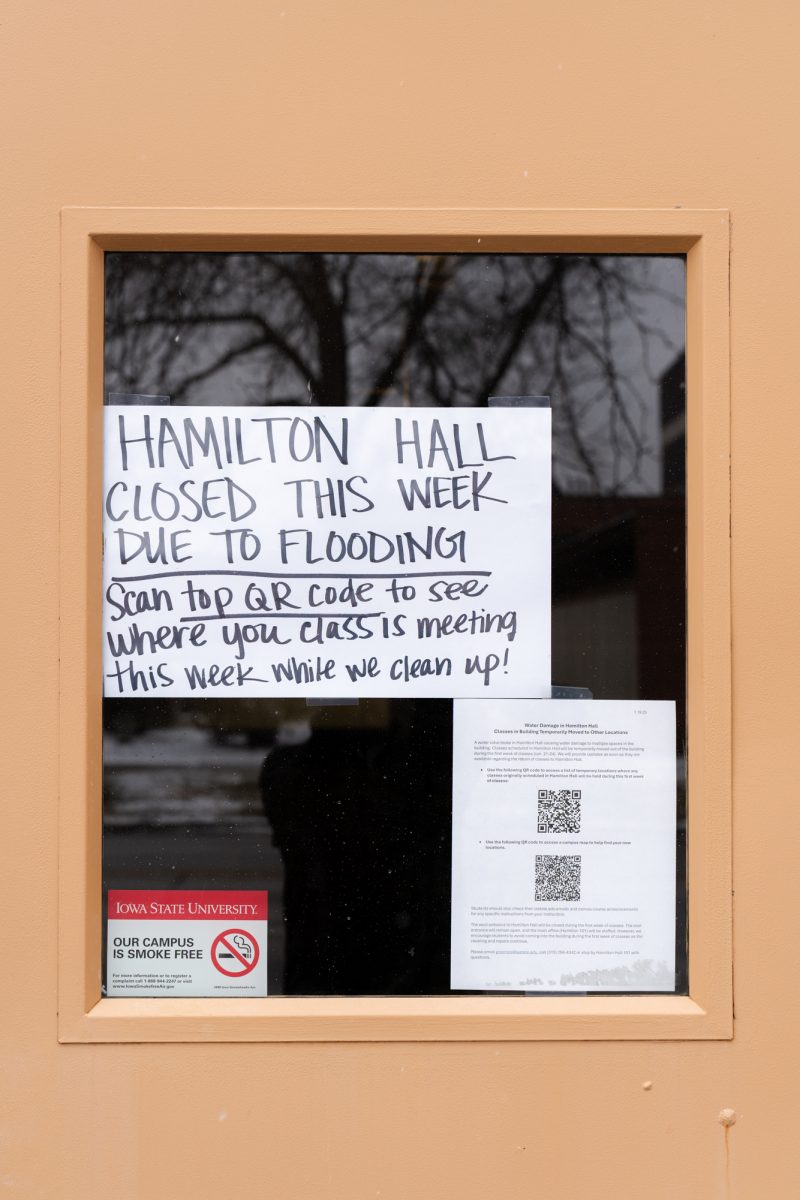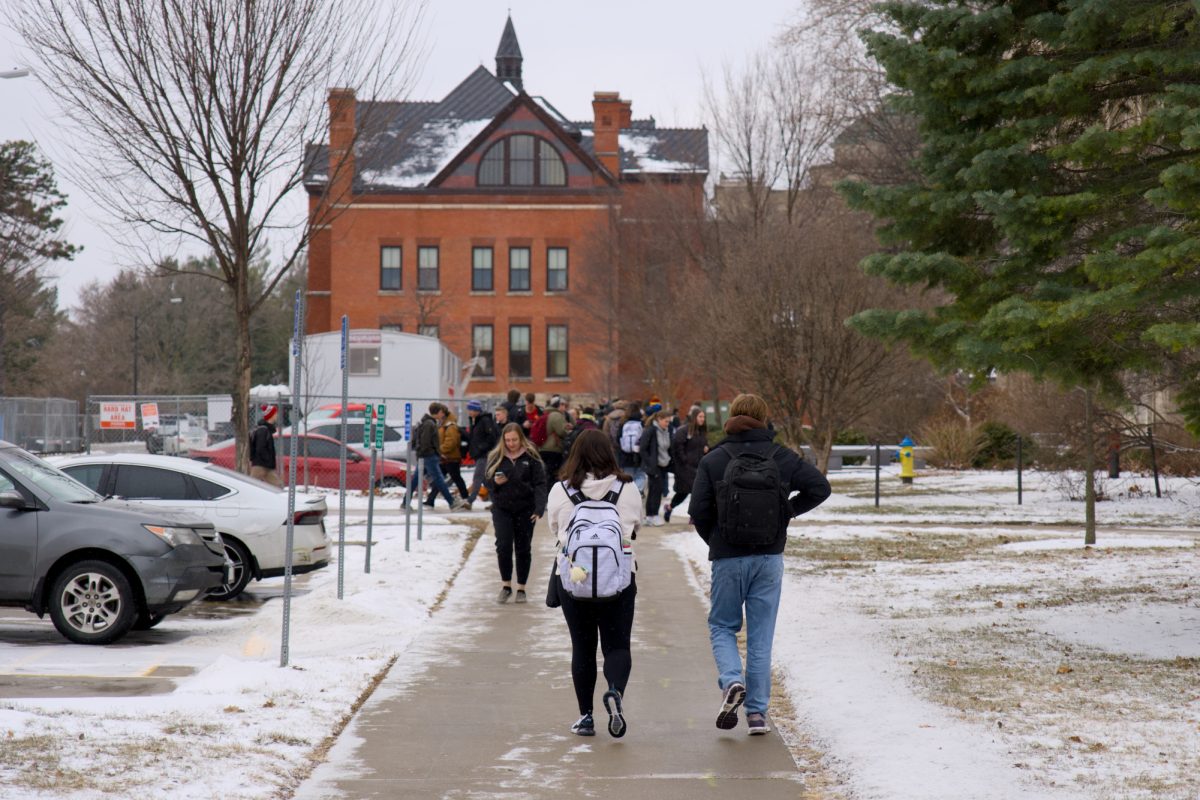Volunteer returns after month aiding tsunami relief effort
February 11, 2005
After participating in tsunami relief efforts in Sri Lanka for more than a month, the former executive director of the Lincoln Way Chapter of the American Red Cross returned to Ames.
Ron Matthews said he was amazed by the extent of the destruction and the strength of the people coping with the Dec. 26 tsunami.
According to the American Red Cross, 9,000 Red Cross volunteers from more than 40 countries volunteered to assist in relief efforts.
After nearly three days of traveling, Matthews landed in Colombo, the capital of Sri Lanka, the morning of Jan. 2.
In Colombo, Matthews worked with the British Red Cross to get equipment and establish supply lines to the southern coastal city of Galle, where he was based. He drove south to Galle after working with the British and Spanish Red Cross for several days.
“Our first mission was to go in and get a grasp on where all the people were, and what the most serious needs were,” he said.
The damage was astounding, he said. From the highway, Matthews said he saw cars thrown through buildings several hundred feet from the sea.
Matthews described large fishing boats strewn across the highway.
When he arrived at the warehouse in Galle that was supposed to be his base of operation, he found two tugboat-sized ships blocking the road.
“These are not lightweight boats,” he said. “These are very heavyweight.”
The doors and windows of the warehouse had been blown out by the tsunami, and the contents of the warehouse were washed away, he said.
Matthews said he spent most of his time in Hambantota, a coastal town 62 kilometers to the east.
“When I got there, I had thought the government had gotten there already and used bulldozers to flatten everything for cleanup,” he said.
Matthews said a telecommunications tower had been curled into a ball by the force of the waves.
The Indian navy was diving in a nearby lake to retrieve bodies from four buses that had been thrown into it by the waves, he said.
Matthews said he spent most of his time distributing supplies in nearby villages to 12,348 people.
“We could have done twice that much if we had more accurate information,” he said.
Matthews said his map of the area did not show many of the smaller villages.
So when he and his team would distribute supplies expecting to encounter 380 people, they would find 800 people from neighboring villages.
Emergency food, hygienic items and shelter were greater concerns, said Doug Yetman, executive director of the Lincoln Way Chapter of the American Red Cross.
“Remarkably, the amount of disease has been kept down,” he said.
Because the tsunami had destroyed many homes, refugee camps were established in schools, temples, universities and any other available buildings, Matthews said.
“It would be as if a camp were opened up at Iowa State,” Yetman said.
Matthews said he was amazed at the strength of the people he was helping.
He saw only three people cry during the time he was there. The first was a woman who had lost several family members and was going through the remains of her house.
“The third person was me,” he said.
Matthews said he had been finishing a stressful distribution, and decided to go for a walk. While walking, he saw an overturned telephone pole with a bouquet of flowers hanging from it, with a note attached.
“It read something to the effect of, ‘My dear, I know you’re in a better place now, I know you’re with our daughter and I want you to know I love you and always will,'” he said.
“That’s as far as I got.”
By the time Matthews returned to Ames on Feb. 1, he said the situation had improved considerably.
Schools were back in session, electricity had been restored to some areas and roads had been fixed.
“There was a mood, a sense of the fact they were moving on,” he said.
More than $290 million has been raised worldwide to help the survivors of the tsunami, which killed over 280,000 people in countries bordering the Indian Ocean, according to the American Red Cross Web site.






